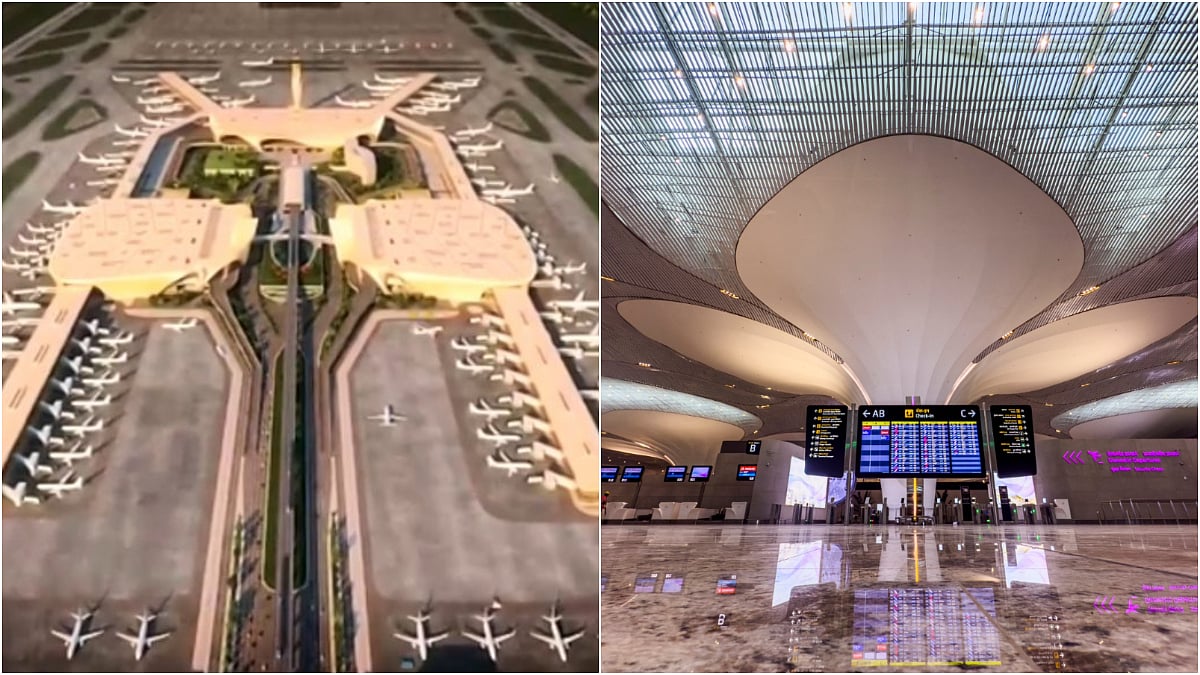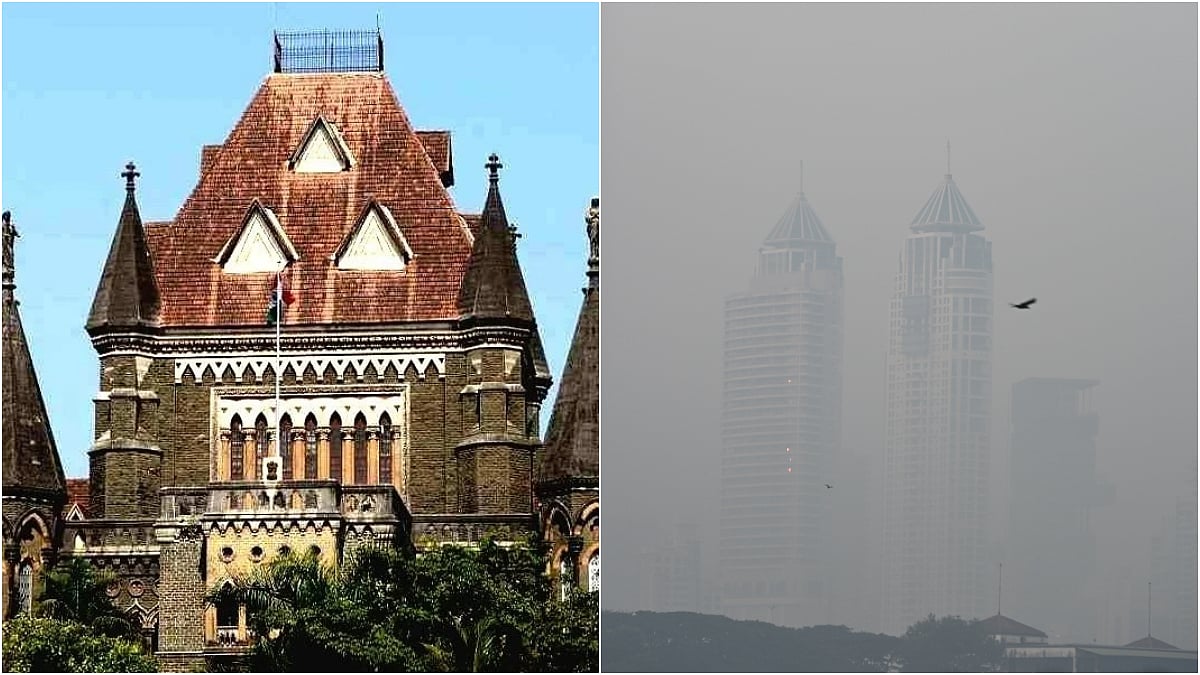While the domestic market has seen a slump due to COVID-19 crisis, the export market has become a lot more attractive. This was not the case a few years back. Recalling an episode that happened a few years back, when the steel industry was criticised for not being competitive enough, Tata Steel’s CEO and Managing Director T V Narendran, said that the narrative since then has changed.
He said this while speaking at a webinar series ‘India After COVID-19’ organised by IIM Indore and Free Press Journal, supported by BIG FM. Narendran went on to highlight the potential of the domestic market, at this session which was moderated by IIM Indore’s Himanshu Rai and Free Press Journal’s R N Bhaskar.
Below is the edited version of the session, which is compiled by Jescilia K.
Overview of the steel industry
Steel is the most commonly used metal in the world. It is used 40 times more compared to the second most commonly used metal — aluminium. It is a versatile metal and finds application in anything. Steel is the most recyclable material in the world and can be recycled infinite times. Steel fits well in the concept of a circular economy.
Steel is consumed by construction (60 per cent), automobile (20 per cent), and capital goods industry (10-15 per cent) among others.
Steel is an important part of the development journey of any country. Hence, the consumption and the production of steel shifted from Europe and the United States to Asia. Today, China accounts for 60 per cent of the consumption and production, earlier it was 50 per cent. Meanwhile, the rest of Asia is another 20 per cent. In short, Asia consumes 80 per cent of the steel today.
Steel is a capital-intensive industry. Tata Steel alone has invested in organic and inorganic growth. It has spent about USD 10 billion in the last five-six years and there is an on-going project which is worth USD 3 billion. Over the last 10-15 years, the investment in the steel industry has been one of the largest private sector investments in manufacturing.
Today, India is a 100-million-tonnes producer and consumer of steel. However, consumption is going to drop this year (due to COVID-19). This makes us the second largest in the world. But before we praise ourselves, it is important we understand that China is eight-nine times larger (in terms of consumption than India) and it is the largest in the world. India had overtaken Japan and the United States (in terms of consumption). So, the potential for India is huge. The Indian government estimates steel consumption and production in India to be around 300 million tonnes in the next 10-15 years. This is possible if the government spends on infrastructure as per its plans. This is mainly because infrastructure is a steel-intensive industry. As per the government’s plan, there will be a lot of infrastructure spend and the consumption of steel will grow by 10 times in the next 10-15 years. So, that is where the potential of this industry lies.
Steel: An Atma Nirbhar Bharat’s old player
Most countries either have raw material or the market. It is rare to have both. China does not have a lot of iron ore reserves which it imports for production of steel, but it has a domestic market. Iron ore is mostly available in countries like Australia, Brazil and Russia which do not have big (domestic) markets. In the case of India, we are blessed with the raw materials and a growing market.
Tata Steel was established (in 1907) in India with a vision to make India self-sufficient or say ‘Atma Nirbhar Bharat’ or to ‘Make in India’. There is no other industry better placed to make this possible.
Most minerals in India are found in the eastern part of the country in states like Jharkhand, Odisha and Chhattisgarh. There is an opportunity to unlock the value that is below the ground and create value above the ground by the generation of jobs and starting economic activities in the region. This is another big reason the industry is important for the country.
Steel industry always creates jobs away from urban centres. India’s growth, in the last 10-15 years, has been driven by the service sector which is largely urban driven. But in the case of the steel industry, it looks at inclusive development. For instance, our units in Jamshedpur and Kalinganagar — both looked at more inclusive development. There are issues in the case of land acquisition (in such projects), but the economic activity that is created is really encouraging.
There is a need to create many such opportunities in these (eastern) states, particularly in the context of the migrant workers. Most of the reverse migration (during COVID-19-induced lockdown) was towards east from the states in west, south and north. There is a need for more efforts to help these workers. There can be more opportunities created for industries to come to these (eastern) states, which are the source of migrant workers. This will prevent migrant workers from having to travel long distances to find jobs.
There are multiple reasons why the steel industry is more important. It was important pre-COVID-19 and continues to be important, if not more important, post COVID-19.
Exporters’ benefit
Indian steel producers, not just Tata Steel, but JSW and others are seen as low-cost producers of steel in the world. Thus, most of the steel exported out of India has gone to China over the last three months. China's recovery rate post-COVID-19 has been much sharper than we had anticipated.
About three-four years back, China was dumping steel in India but today it is importing steel from India. The Indian steel industry is making money at those prices.
A few years back, there was a lot of discussion around the competitiveness of the industry. The steel industry was criticised for asking for support (from the government) when steel (from China) was dumped in India. At that juncture, the steel industry was asked to be competitive.
Today, Tata Steel is among the top ten producers of steel in the world. There are other Indian steel players who can be in the list of top 30. India has world-class, competitive steel plants.
Areas of improvement
The steel industry has to improve in the case of technology, and more Intellectual Properties (IPs) are needed. We are dependent on many foreign partners for technology.
We need to have a very strong capital goods industry. Over the last 20 years, China built a great capital goods industry a customer to the steel industry. This is what India needs to do as well.
The industry has to be far more evolved digitally — Tata Steel has taken that journey for the last three-four years. We have even been recognised by the World Economic Forum as one of the most advanced manufacturing companies in the case of digital.
The steel industry is a process industry that generates a huge amount of data. Tata Steel only captures a fraction of that data and utilises that data. There is a huge opportunity — whether it is in terms of running analytics or using Artificial Intelligence (AI) for safety, for process improvement and for customer interface among other things. There are a whole bunch of things that the industry can do. The process industry, which generates a lot of data, has to transform itself digitally.
The industry also has to be sustainable and create more value to the shareholders, which the industry has not been able to do. It is a cyclical industry with a lot of competition which is supported by the states globally. This erodes the profitability of this industry. If we are able to create more value for our existing shareholders then there will be interest coming from non-traditional investors too.
Investment-driven growth versus consumption-driven growth
The Indian steel industry has grown from over 50 million tonnes to about 100 million tonnes. However, in the last 15-20 years, India’s growth is led by consumption and not investment, unlike China which was investment-driven growth.
Investment-led growth is more steel-intensive compared to consumption-led growth which is less steel-intensive. In the case of the former, countries spend more on infrastructure which consumes more steel, in the case of the latter more cars and capital goods are consumed (but steel consumption, in this case, is much lower compared to infrastructure). In the last few years, the government spent on infrastructure has really taken off. India is spending far more on infrastructure today than it did for a long time. It is expected to invest more in the coming years as well.










